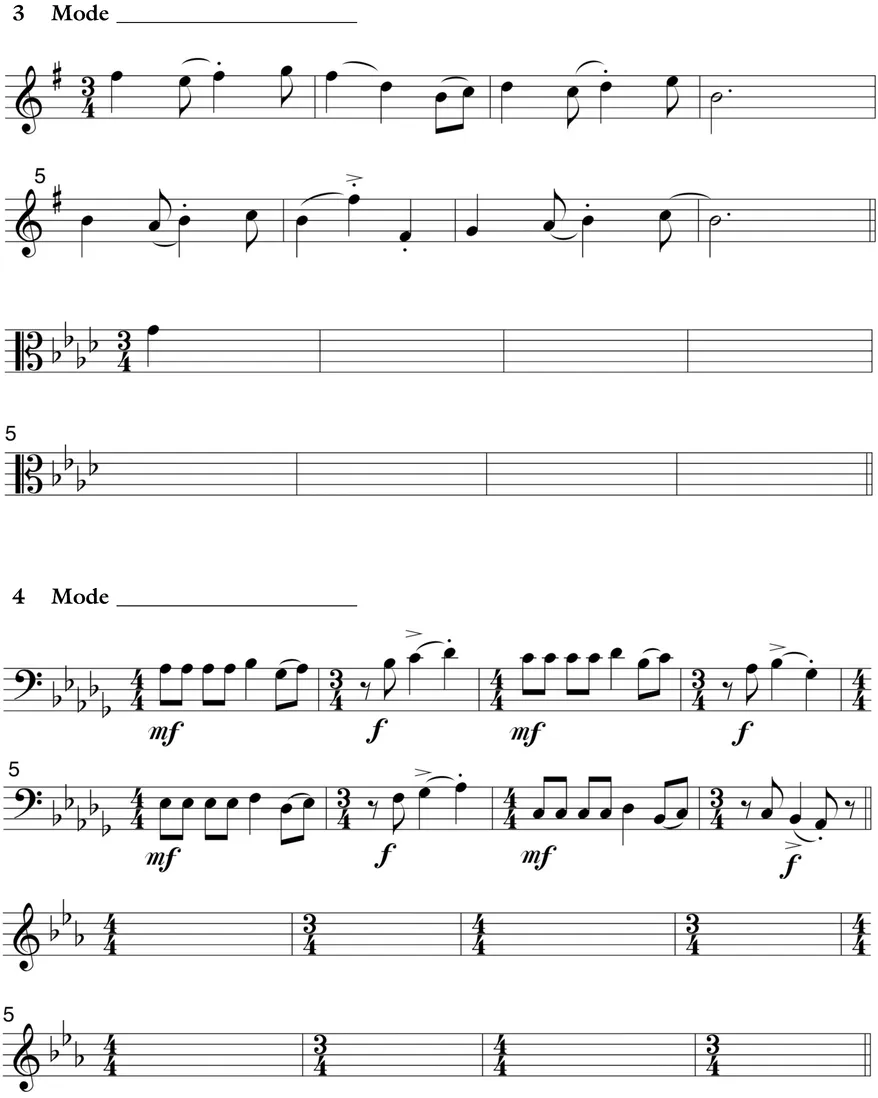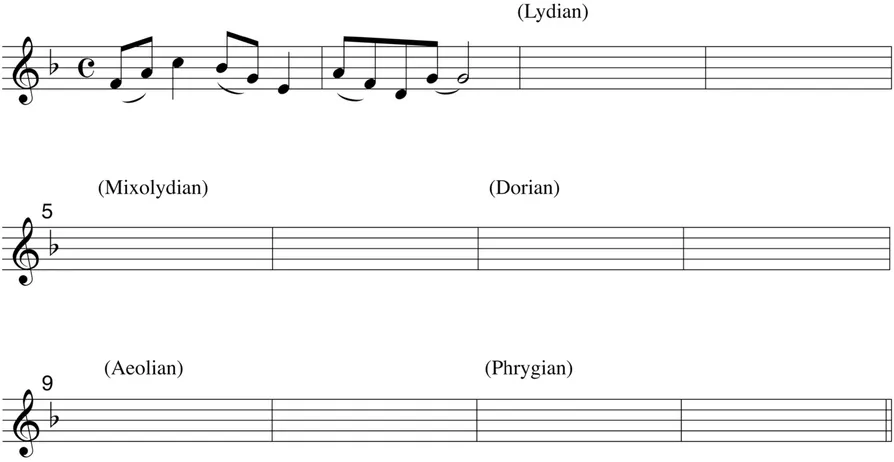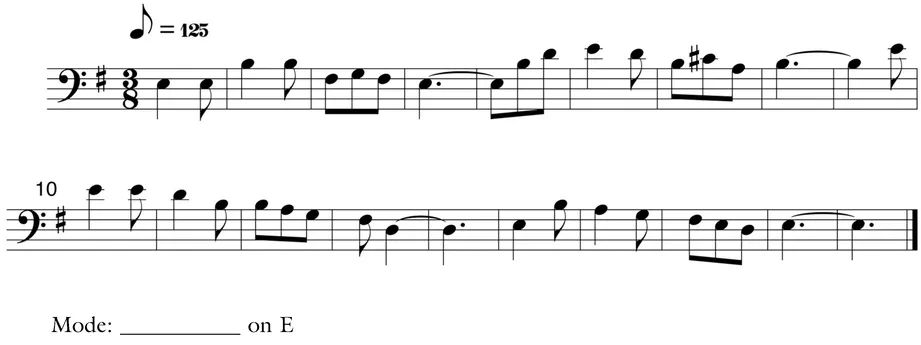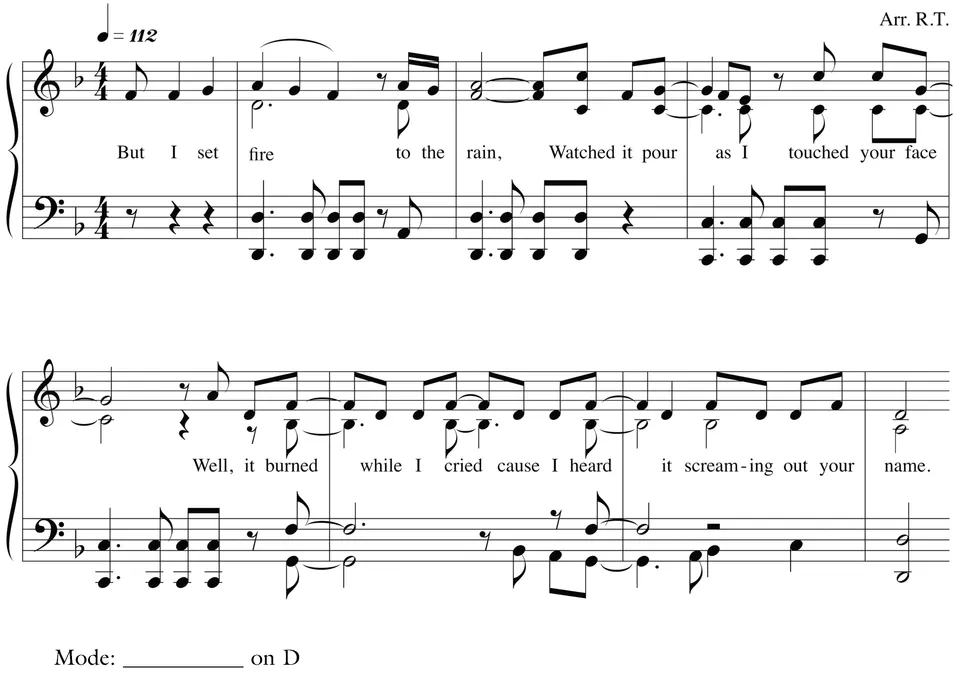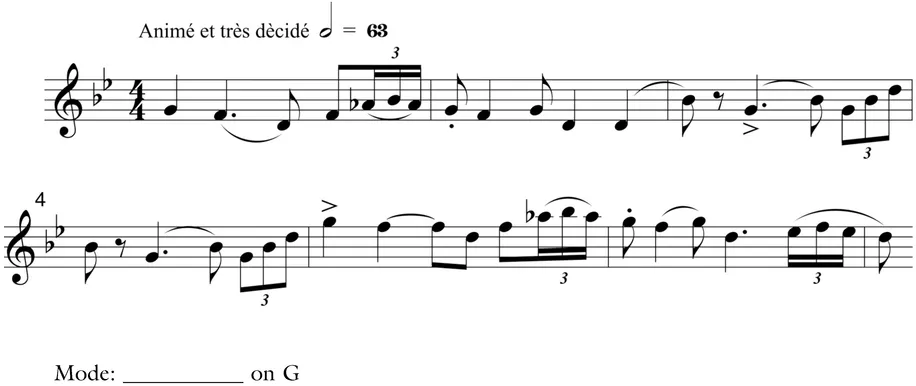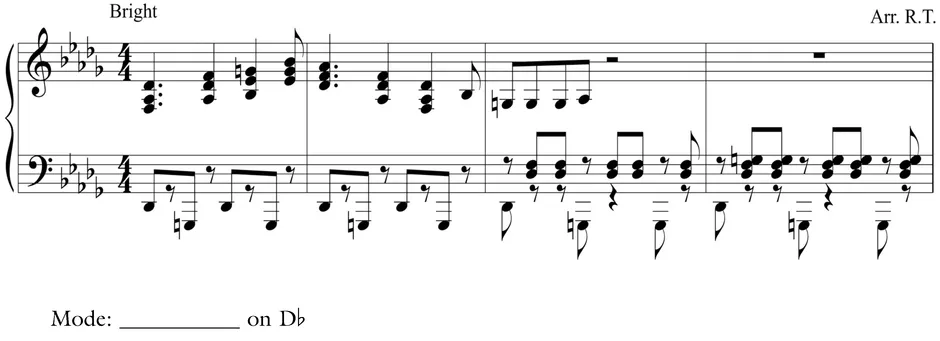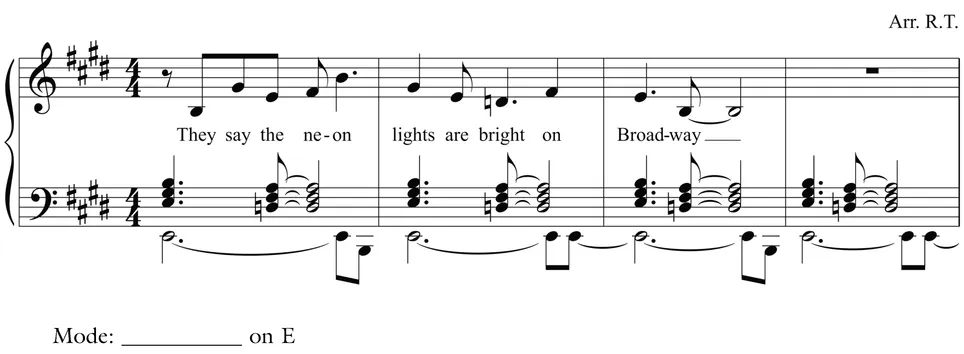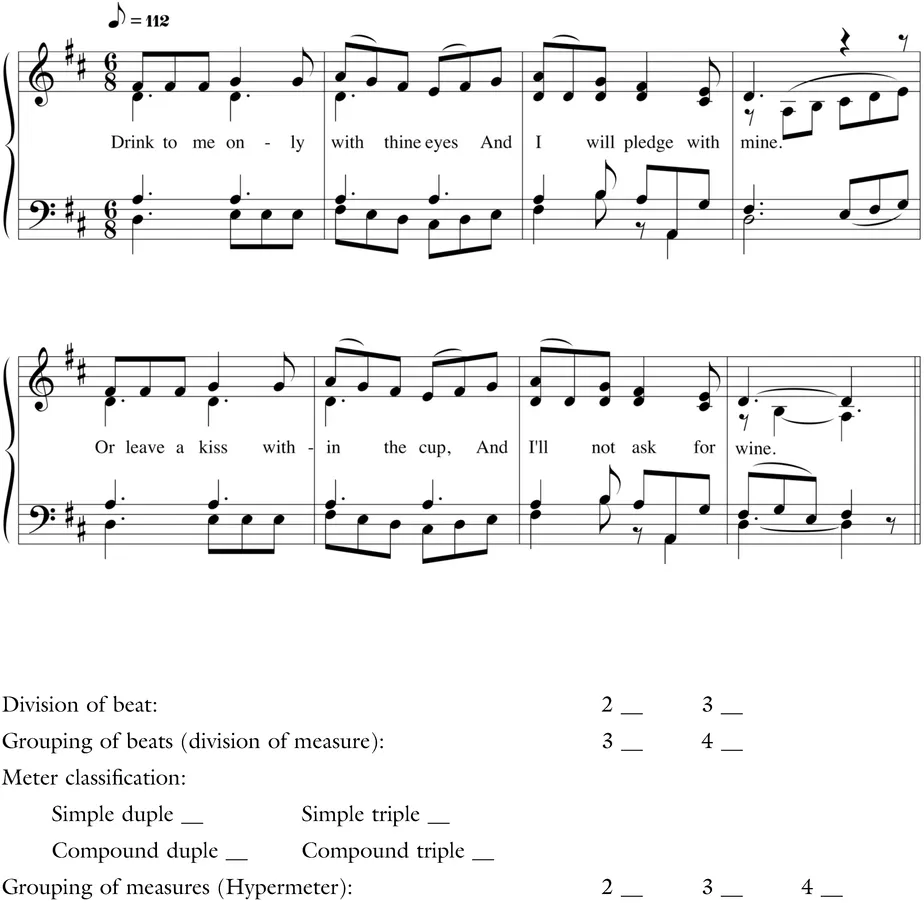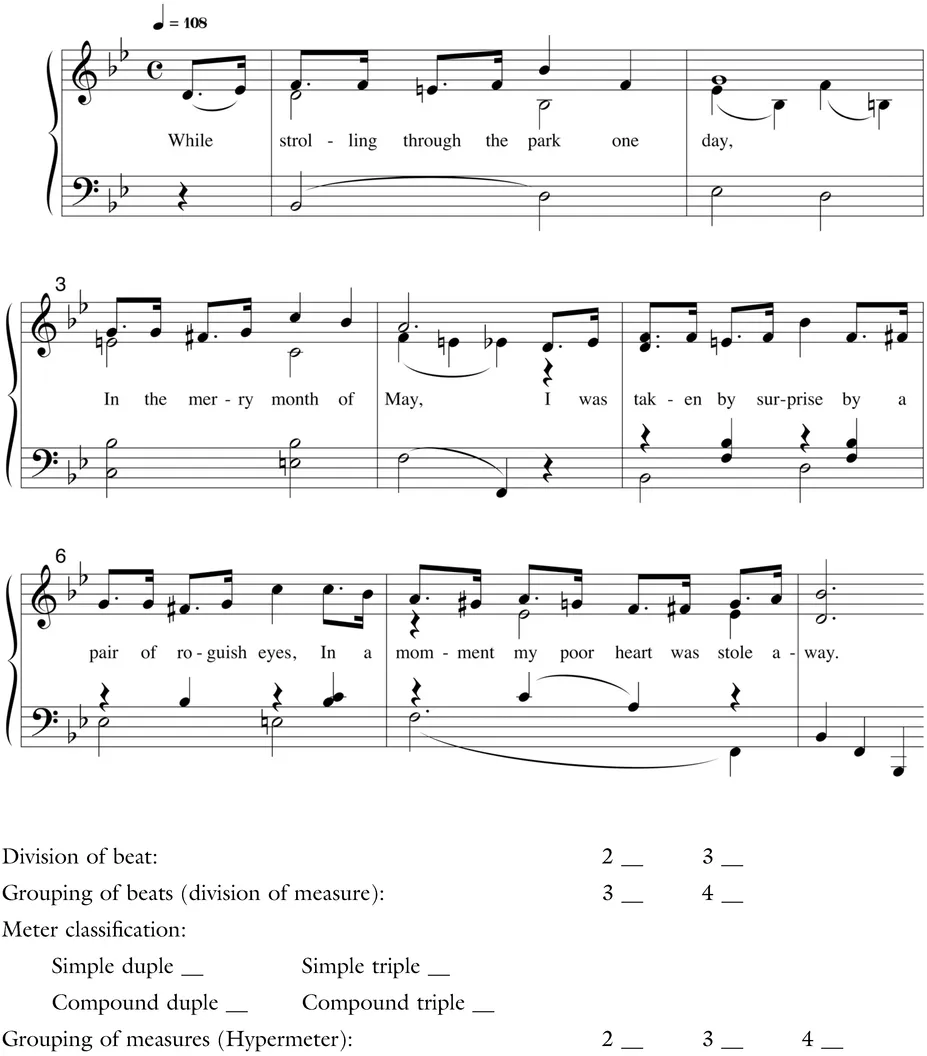
Theory for Today's Musician Workbook
Ralph Turek, Daniel McCarthy
- 464 Seiten
- English
- ePUB (handyfreundlich)
- Über iOS und Android verfügbar
Theory for Today's Musician Workbook
Ralph Turek, Daniel McCarthy
Über dieses Buch
Theory for Today's Musician, Third Edition, recasts the scope of the traditional music theory course to meet the demands of the professional music world, in a style that speaks directly and engagingly to today's music student. It uses classical, folk, popular, and jazz repertoires with clear explanations that link music theory to musical applications. The authors help prepare students by not only exploring how music theory works in art music, but how it functions within modern music, and why this knowledge will help them become better composers, music teachers, performers, and recording engineers.
This broadly comprehensive text merges traditional topics such as part writing and harmony (diatonic, chromatic, neo-tonal and atonal), with less traditional topics such as counterpoint and musical process, and includes the non-traditional topics of popular music songwriting, jazz harmony and the blues. The accompanying companion website provides interactive exercises that allow students to practice foundational theory skills. Written by experienced authors, both active classroom teachers for many years, Theory for Today's Musician is the complete and ideal theory text to enable today's student to accomplish their musical goals tomorrow.
Updated and corrected throughout, the Third Edition includes:
- Expanded coverage of atonality and serialism, now separated into two chapters.
- Broadened treatment of cadences, including examples from popular music.
- Substantially rewritten chapter on songwriting.
- Interactive features of the text simplified to two types, "Concept Checks" and "Review and Reinforcement, " for greater ease of use.
- New and updated musical examples added throughout.
- Charts, illustrations, and musical examples revised for increased clarity.
- Audio of musical examples now provided through the companion website.
The accompanying Workbook offers exercises and assignments to accompany each chapter in the book. A companion website houses online tutorials with drills of basic concepts, as well as audio.
The paperback WORKBOOK is also paired with the corresponding hardback TEXTBOOK in a discounted PACKAGE (9780815371731).
Häufig gestellte Fragen
Information
Chapter One
Assorted Preliminaries
Pitch Matters






